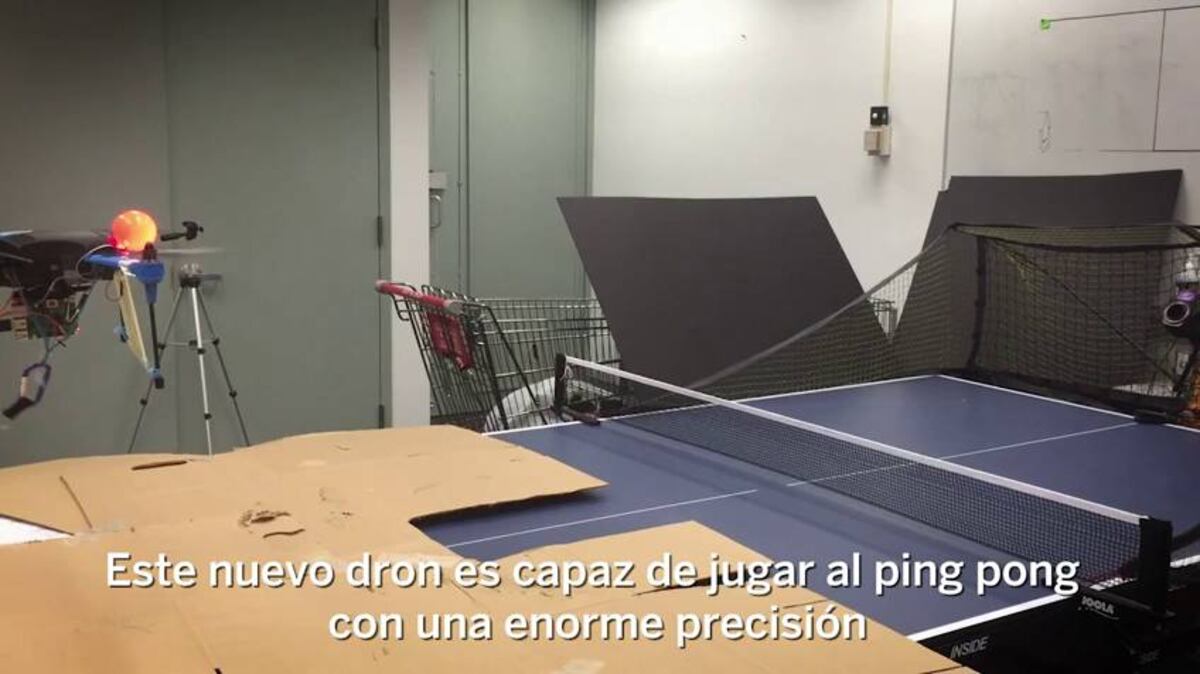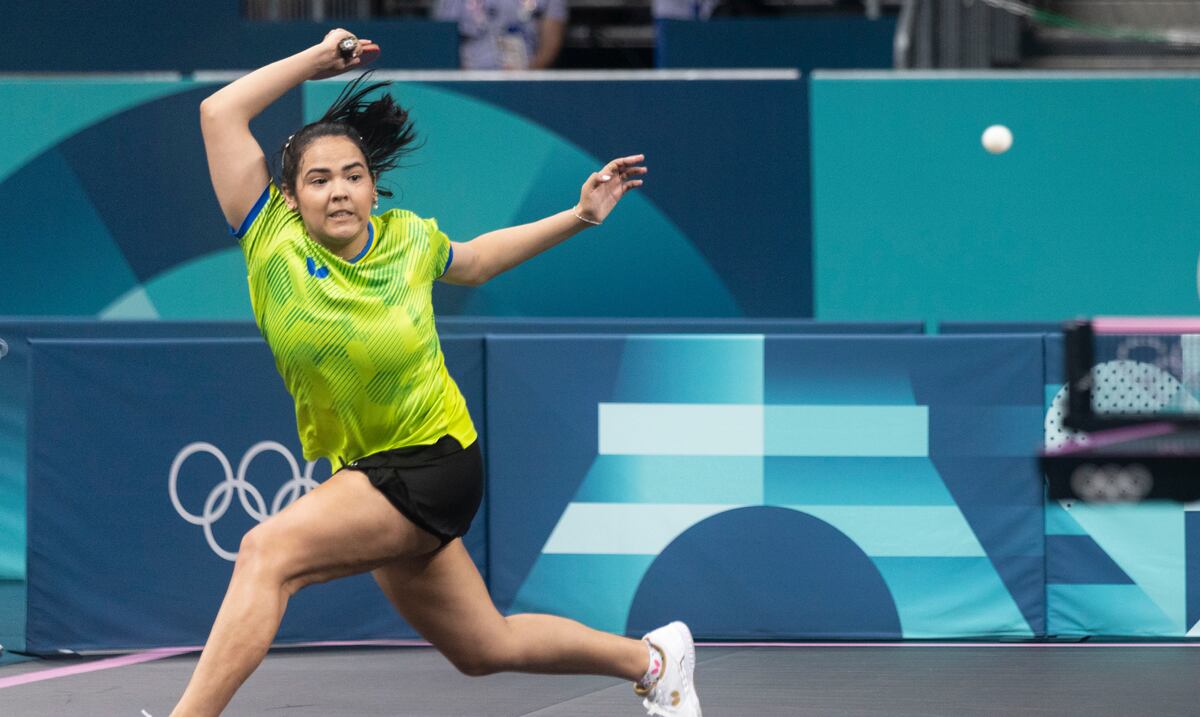By definition, all drones are light and in the way on purpose. In the form, because thus they surround the heavens more easily. In the background, because they also have to save on energy consumption: their brain usually remains on the ground to, from there, send the necessary instructions to the flying device. The problem is that this scheme is confident that there is always a good connection quality between the drone and its base. When you have to send it very far or when that connectivity fails, it is better that the device carries your brain on board, even with the hits that supposes: more weight, less agility and greater energy consumption.
The creators chose an existing drone, an iris+, to tune him thoroughly
To show that the circle can be cut, a team of IBM researchers in the United States has not occurred to him better idea than put one of these drones smart To play table tennis. “Eye, that the objective of this project is not just playing ping pong,” he warns as soon as the Sport is referred to the Hendrik Hamann researcher from his office in Yorktown Heights (New York). They looked at the Ping Pong because it offered them “a very interesting test bench” to prove that intelligence drones on board can be a reality. Hamann, director of the Physical Analytical Group of the Watson IBM Research Laboratory, is confident that they serve to explore remote areas or carry out search and rescue operations.
The researcher chose an existing drone, an iris+, to tune him Thoroughly: “We reschedu beacons luminous (a kind of beacons that emit signals) to help us follow. ” An article presented at the Computer Design Conference of the IEEE, the largest World Association of Engineers in Information Technology and Telecommunications.
The most difficult thing has not been to train the drone, but to provide it with an independent vision system to sail in its own right. “We are even improving it. We have been working in that aspect for months. Meanwhile, we used a system that simulated a GPS (based on Kinect) to know where the drone was at every moment.” That system, once improved, is the one that will allow the drone to leave his comfort space, the ping pong table, to venture into dangerous or inaccessible areas for humans. “One of his future possibilities will be to evaluate the damage after an earthquake and guide the rescue teams,” Hamann advances. In case you go to the adventure ahead of time, a cable keeps the device tied short and restricts its movements to the small space of the table.
At the moment, to that table and the sport of the blades also has the drone its destination: “We are improving the response time of the device so that it can play faster. Also the system that allows you to follow the ping pong ball and predict its trajectory,” says Hamman.
Have you been able to face two drones as a prelude to some Olympics robot? “To put a drone against another we have to improve their systems.” As they are already there, you can interpret the engineer's response as a “not yet.”



